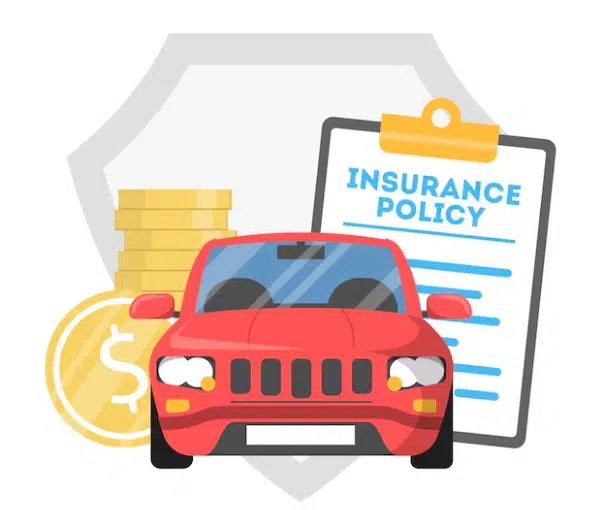When living in the United States, maintaining financial prudence includes understanding how to manage expenses effectively. One area where nearly every driver seeks to economize is auto insurance. By comparing rates and fully understanding the nuances of various plans, significant savings can be realized. Being proactive in reviewing your policy regularly can also help you avoid unnecessary fees and stay within budget.
This article delves into the strategies for reducing your vehicle insurance costs by exploring comparison techniques, determining adequate coverage, and taking advantage of discounts. Our focus keyword for this journey is auto insurance, so keep reading to find out how you can manage it without overspending. With these insights, you’ll be better prepared to make informed choices that support your financial goals.
Strategies to compare car insurance rates
Many people don’t realize the extent to which auto insurance rates can vary among different companies. By dedicating some time to comparison shopping, you can ensure you’re not overpaying for coverage. Make a list of national and regional insurers, as smaller companies might offer competitive rates due to their lower overhead costs.
Using online tools and comparison websites can facilitate this process considerably. Simply input your information, and you’ll receive quotes from multiple insurers. However, remember not to base your choice solely on the price; service quality and company reputation also matter.
Apart from online tools, consider consulting with an independent insurance agent who can provide personalized advice and access to a wide range of providers. An agent’s guidance can help you navigate the complexities of the policy fine print.
Before you contact insurers, know your current policy details, such as coverage limits and deductible amounts. This ensures every quote you receive aligns with or improves upon your existing policy. By being methodical and thorough in this pursuit, you’ll be setting yourself up for potential savings.
Additionally, timing can make a difference when purchasing insurance. Some industry experts suggest that the best period to switch policies is at the six-month mark of your policy term. Insurers might offer more favorable rates at this time to woo new customers. Always review your policy several months ahead of renewal to give yourself ample time for a comprehensive rate search.
Assessing adequate coverage
Understanding what constitutes adequate coverage for your personal situation is integral to optimizing your auto insurance expenses. Minimal coverage might satisfy legal requirements, but under-insuring could lead to significant costs out of pocket if you encounter a major accident.
To avoid this, determine what you truly need based on your driving habits, the vehicle’s value, and your financial situation. Consider liability limits, comprehensive, and collision coverage as part of your assessment. Ensure your selections offer the best balance between protection and cost. Moreover, be honest with yourself about your risk tolerance.
Those with older vehicles might consider dropping comprehensive and collision coverage if the cost outweighs the vehicle’s value. If you have substantial savings, you might opt for higher deductibles to lower your premium, assuming you’re financially prepared to cover a larger share of potential repair costs. Regularly reassessing your needs ensures your coverage adapts to changes in your life circumstances.
Taking advantage of insurance discounts
Insurance companies offer a myriad of discounts that policyholders often overlook. By knowing what’s available, you can significantly reduce your premiums without compromising coverage. Common discounts include those for safe driving records, completing defensive driving courses, bundling multiple policies, and installing safety devices in your vehicle. Don’t hesitate to ask insurers about all possible savings options—they might not be advertised prominently.
Other less obvious discounts may apply if you belong to certain organizations or professions or even if you maintain strong academic performance. Insurers sometimes offer breaks for educators, military members, or students with good grades. It’s worth spending time researching or inquiring about such potential savings before committing to a policy.
Maximizing savings through mindful renewal
Most drivers focus their efforts on their initial insurance purchase but overlook opportunities at renewal. Take steps to maximize savings by staying vigilant and proactive around renewal time. Begin by reassessing your needs yearly. Personal circumstances change, influencing the necessary level of coverage. For instance, a reduction in annual mileage from a change in commute can lead to lower premiums.
Engage directly with your insurance provider when your policy is up for renewal. They may have updates or new discounts not automatically applied to existing policies. If your provider refuses to adjust rates in light of lower road risks or improved credit scores, prepare to shop around again.Moreover, maintaining a good relationship with your insurance company can be beneficial.





